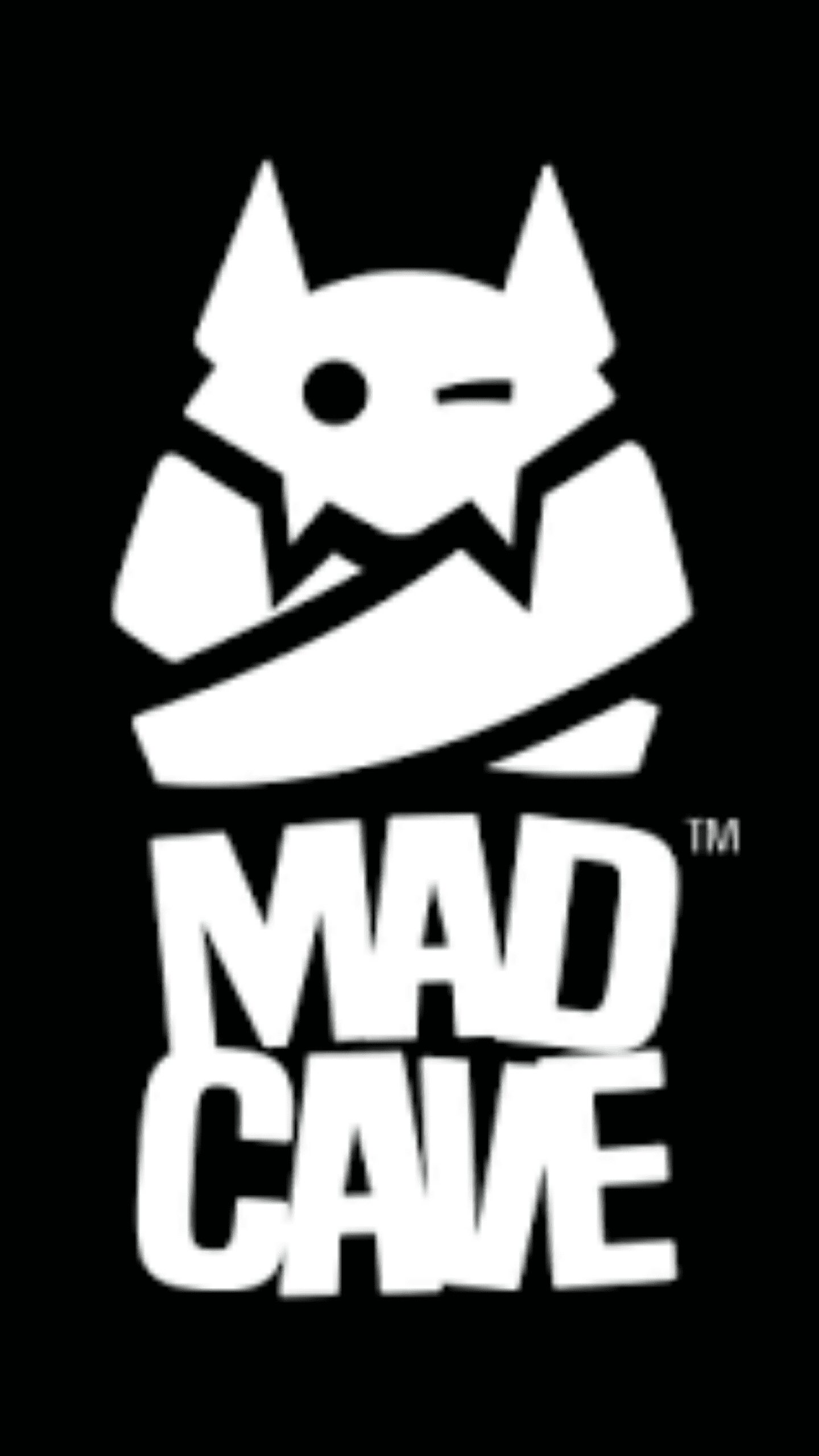Brian K. Vaughan sure knows how to tug on your heartstrings! The beauty of Saga is that although it is set in space with the most avant-garde creatures imaginable, the story is incredibly relatable. Vaughan expertly weaves in real-world issues and themes—such as love, hope, adolescence, addiction, parenthood, friendship, family, and death. You feel what the characters feel, and when Izabel died in issue 38, you felt empty, just like Hazel does. This a true testament to Vaughan’s skillful storytelling. The hurt from Izabel’s death still lingers in this issue and will continue to for issues to come. We know that it’s close to the end of the comfort the characters have been feeling on Phang.
As we know, Marko, Alana, Hazel, Sir Robot, and Petrichor are still on the comet Phang with the anthropomorphic meerkat tribe. Hazel has become friends with the kids, but as cute as they are, Petrichor doesn’t trust them, and I don’t think we should either. In the last issue, Kurti was encouraging Hazel to use her magic to kill beetles, and in this issue he finds a BL-48, a type of military weapon, and another meerkat youngin’ shoots it. “Reach for the sky . . . or I’m going to war-crime you in the face,” Kurti says while holding the gun “playing.” These hints aren’t subtle. Vaughan is making them pretty obvious. The tribe might just lead to someone getting hurt—or killed.
This issue offers mostly filler—with the crew forming a plan to find Izabel, who Hazel felt die, and the readers saw die at the hands of the March, a two-headed contract killer, looking for Marko, Alana, and Hazel. Petri offers to go looking for her since Marko and Alana are fugitives. Will Petri run into the March soon? It will be interesting for the March, who has no apparent gender and has a man’s and woman’s head, to interact with Petri, a male-to-female trans character. This is another highlight of Vaughan’s storytelling—representation of many genders, sexual orientations, races, and ethnicities. We also get to see the Will on Wreath, who seems to be doing better until he gets fired. The Will, no longer a contract killer, is actually named Billy. Billy may need to do some soul-searching.
It also looks like the war ravaging Phang may catch up with the group, as a robot embassy was destroyed in a supposed inside job from a group that plans to exterminate every living creature on the comet. Their comfy life is soon coming to end. They’ll have to get off the comet quickly—hopefully without leaving anyone behind.
Fiona Staples’s art is always a highlight. Her signature thick, black line work in the foreground and more muted colors in the background make the characters feel like they’re popping off the page. She has a knack for getting facial expressions and body language just right for Vaughan’s writing. The scene in the kitchen with Marko doing the dishes (with an apron and all!), Petrichor and Jabarah peeling potatoes, and Sir Robot reading at the table is one of my favorites because it looks like a traditional family scene. There’s even a refrigerator in the background with children’s drawings. Hazel running in yelling for help represents the moment that everything changes for the characters. The juxtaposition of the wild, untamed green of the forest behind Hazel with the conventional kitchen scene symbolizes the two different worlds the characters have been living in. They’ve been living a comfortable life on Phang and doing their best to forget about the war going on around them.
Staples’s cover—as always—is striking. Petrichor has conjured what looks to be magic roses from one hand as she holds a club in the other—again perhaps another way to signify the balance between living a soft and hard life on Phang. However, Petrichor looks far from weak. The light from the magical image projects onto the bottom half of her face—giving her a very powerful look. Using purple, was a wise choice on Staples’s part, as it often represents power. Even the angle—with Petri looking down on the camera—gives her a strong sense of authority. Petri continues to prove herself as a vital and strong member of the group, especially with her stepping up in this issue to look for Izabel.
This is a solid issue. Although it’s mostly filler to get the story to where it’s headed, there are some fun and interesting scenes to keep readers engaged. From its smart, creative storytelling that somehow makes even the most bizarre characters relatable to its striking artwork inside and out, Saga continues to be one of the best comics around.





